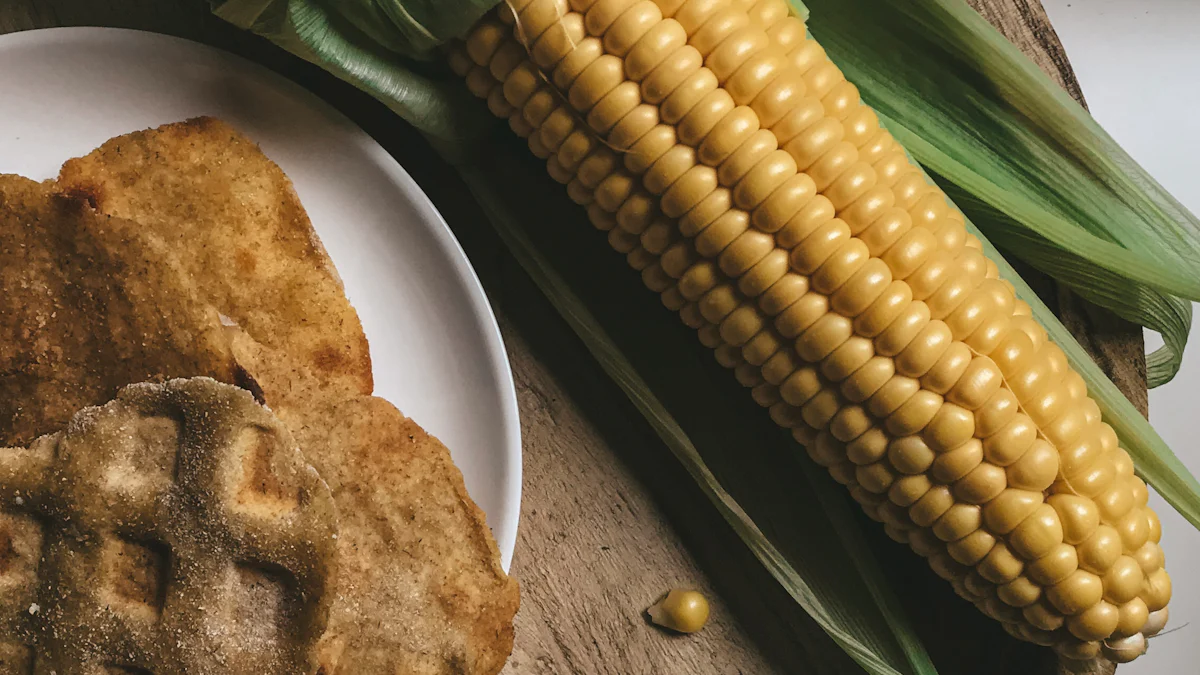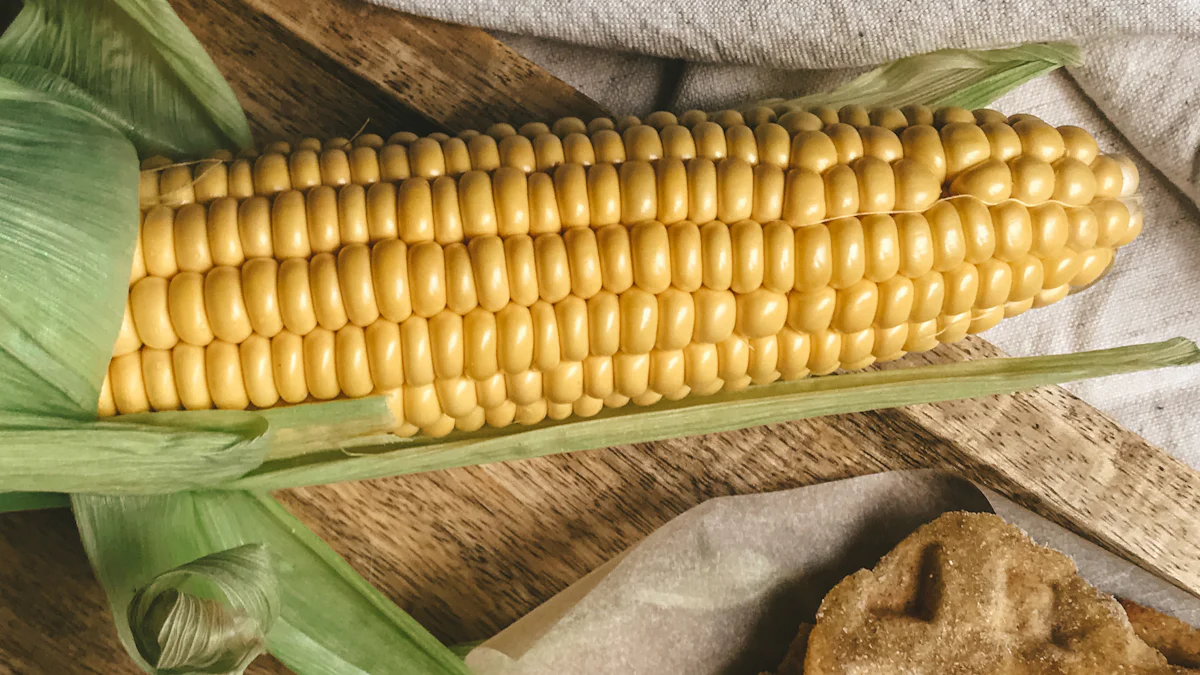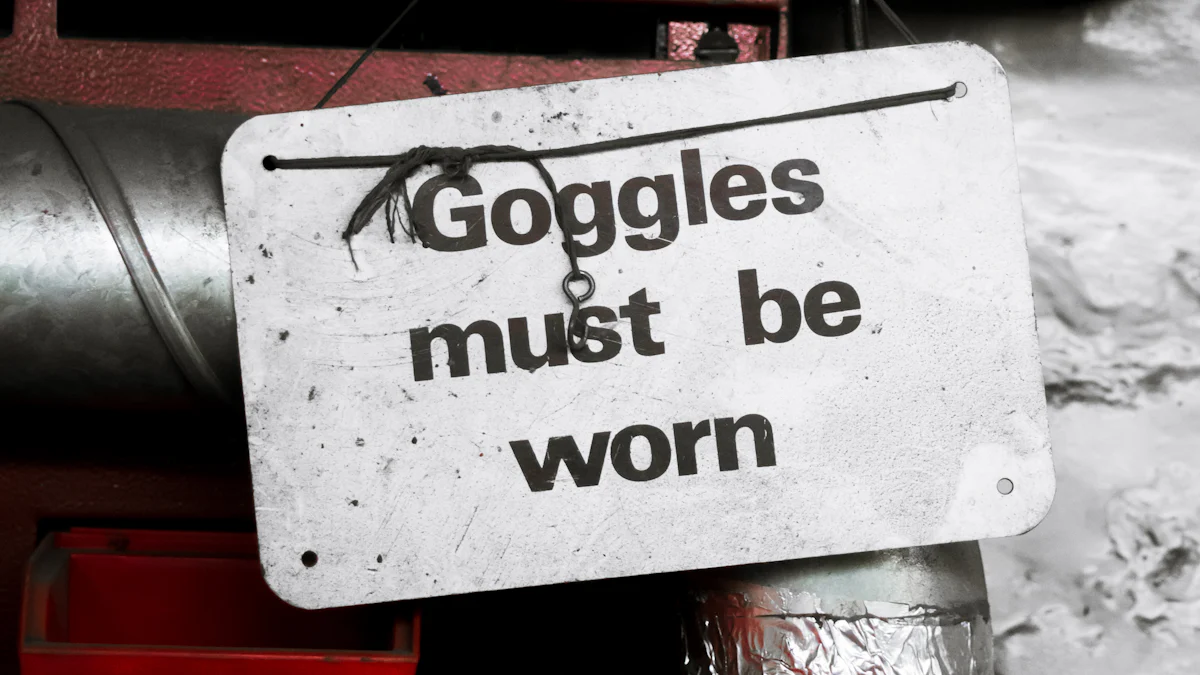
Using a corn cutting tool offers many advantages. This specialized tool makes the process easier, neater, and safer compared to using a knife. Proper use of the tool ensures smooth and uniform results without splatter. Safety remains crucial when handling any cutting device. Always follow guidelines to prevent injuries and achieve effective results.
Preparing to Use the Corn Cutting Tool

Choosing the Right Corn Cutting Tool
Types of Corn Cutting Tools
Different types of corn cutting tools exist. Corn strippers help remove kernels from both raw and cooked corn. Some models perform better than others. Wood corn cutters provide smooth, uniform results without splatter. These tools cut, shred, and scrape kernels off ears quickly.
Factors to Consider When Choosing
Consider several factors when choosing a corn cutting tool. Look for ease of use. Check for safety features. Evaluate the material and build quality. Ensure the tool provides consistent results. Choose a model that fits comfortably in your hand.
Setting Up Your Workspace
Necessary Tools and Equipment
Gather all necessary tools and equipment. Include a corn cutting tool, a cutting board, and a bowl. Have a sharp knife available. Keep a clean towel handy. Ensure everything is within reach.
Ensuring a Clean and Safe Environment
Create a clean and safe workspace. Wipe down surfaces. Remove any clutter. Ensure good lighting. Place a non-slip mat under the cutting board. This prevents accidents and keeps the workspace organized.
Preparing the Corn
Selecting Fresh Corn
Choose fresh corn for the best results. Look for bright green husks. Check for moist, golden silk. Avoid corn with dry or brown husks. Fresh corn ensures better taste and easier cutting.
Cleaning and Husking the Corn
Clean and husk the corn before cutting. Remove the outer husks. Pull off the silk strands. Rinse the corn under cold water. Pat the corn dry with a clean towel. This prepares the corn for efficient cutting.
Step-by-Step Guide to Using the Corn Cutting Tool
Positioning the Corn
Proper Placement on the Cutting Board
Place the corn cob horizontally on a sturdy cutting board. Ensure the cutting board has a non-slip surface. This prevents the corn from moving during the cutting process. Align the cob parallel to the edge of the cutting board. This alignment provides better control and stability.
Securing the Corn for Stability
Hold the corn cob firmly at one end. Use your non-dominant hand for this task. Apply gentle pressure to keep the cob steady. Consider using a corn holder for extra stability. This tool helps prevent slips and enhances safety.
Using the Corn Cutting Tool
Correct Grip and Handling
Grip the corn cutting tool with your dominant hand. Hold the tool securely but not too tightly. Position your fingers away from the blade. Maintain a comfortable and firm grip. This ensures better control and reduces fatigue.
Cutting Techniques for Maximum Yield
Start at the top of the corn cob. Push the tool downwards in a smooth motion. Use a twisting action if needed. This technique helps remove all kernels efficiently. Repeat until all kernels are stripped from the cob. Collect the kernels in a bowl placed nearby.
Post-Cutting Procedures
Collecting and Storing the Kernels
Gather the cut kernels into a bowl. Inspect the kernels for any remaining husk or silk. Store the kernels in an airtight container. Refrigerate if planning to use soon. Freeze for longer storage. Proper storage maintains freshness and flavor.
Cleaning the Tool
Clean the corn cutting tool immediately after use. Rinse under warm water to remove any residue. Use a brush to clean hard-to-reach areas. Dry the tool thoroughly before storing. Regular cleaning prevents rust and maintains the tool’s effectiveness.
Safety Tips and Best Practices

Avoiding Common Mistakes
Handling the Tool with Care
Always handle the corn cutting tool with care. Hold the tool securely to avoid accidental slips. Ensure your fingers stay clear of the blade. A firm grip helps maintain control during use. This reduces the risk of injuries.
Preventing Slips and Injuries
Prevent slips by using a non-slip mat under the cutting board. This keeps the board stable. Hold the corn cob firmly with your non-dominant hand. Use a corn holder for extra stability. Good lighting in your workspace helps you see clearly. This minimizes the chance of accidents.
Maintenance and Care of the Corn Cutting Tool
Regular Cleaning and Inspection
Clean the corn cutting tool immediately after use. Rinse it under warm water to remove residue. Use a brush to clean hard-to-reach areas. Dry the tool thoroughly before storing. Regular inspection ensures the tool remains in good condition. Check for any signs of wear or damage.
Proper Storage to Extend Tool Life
Store the corn cutting tool in a dry place. Keep it away from moisture to prevent rust. Use a protective cover if available. Proper storage extends the life of the tool. This ensures it remains effective for future use.
Review the key points covered. Choose the right corn cutting tool for your needs. Prepare your workspace and corn properly. Follow the step-by-step guide for effective use. Practice safety tips to avoid injuries.
Practice using the corn cutting tool safely and effectively. Confidence will grow with experience. Enjoy the benefits of fresh, neatly cut corn kernels.
Share your experiences or ask questions in the comments. Your feedback helps others and enriches the community. Happy corn cutting!
See Also
Top Tips for Warm Winter with Soft Fleece Socks
Discovering the Range of Socks for Males and Females
